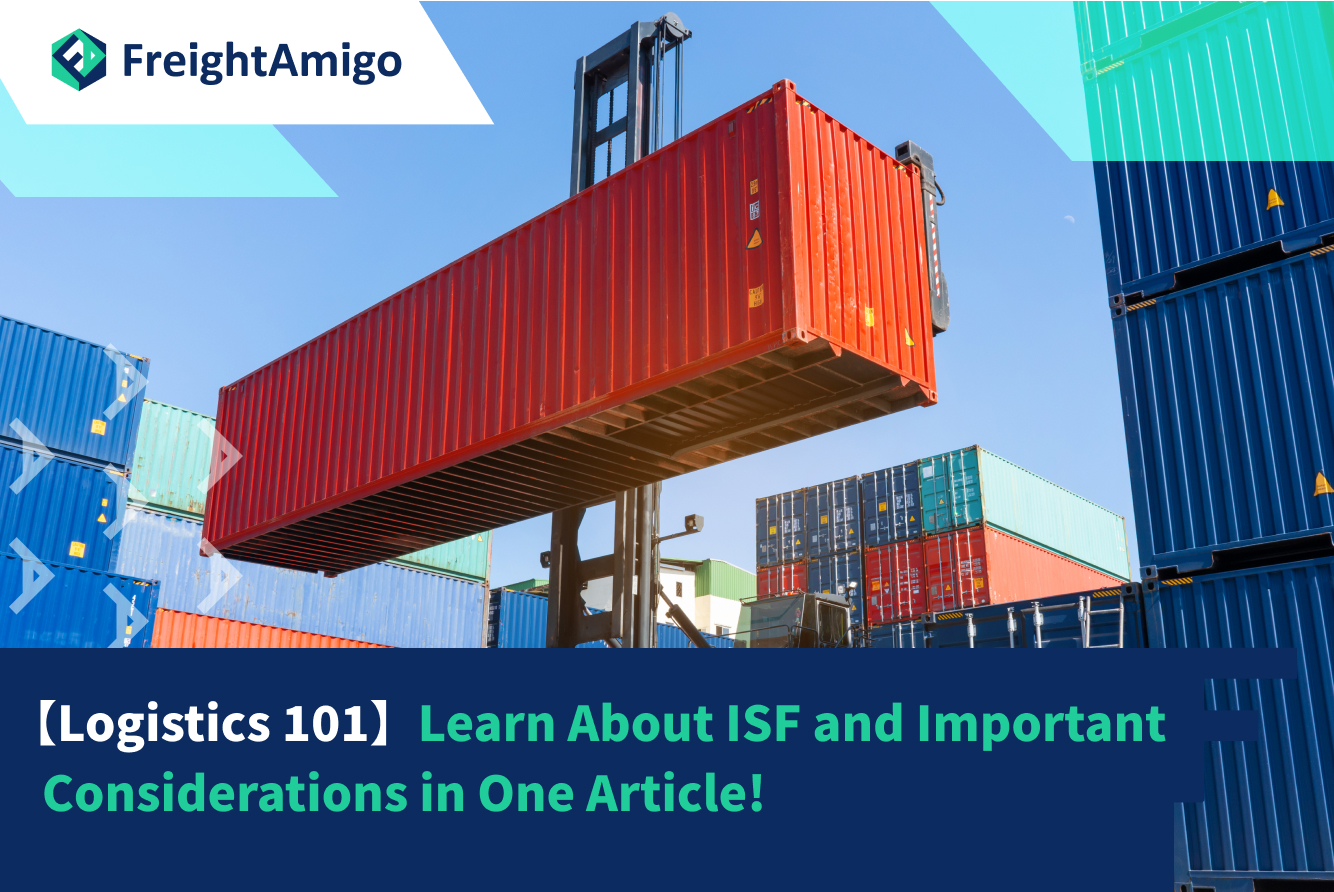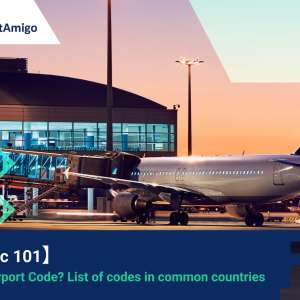Author Name:Tiffany Lee – Marketing Analyst at FreightAmigo
Global trade is currently flourishing, and there is growing concern for the security and regulation of imported and exported goods. As one of the world’s largest importers, the United States Customs and Border Protection (CBP) has been intensifying its supervision of imported goods in order to maintain national security and combat illegal trade. In this article, FreightAmigo has gathered information on the Importer Security Filing (ISF) to make trade easier for you. This includes details on the filing information elements and important considerations to keep in mind.
Want To Compare The Best Express, Air Freight, Sea Freight, Rail Freight & Trucking Rates So As To Have Better Control On Cost?
What is Importer Security Filing (ISF)?
The Importer Security Filing (ISF), also known as 10+2, is a form that importers are required to submit to the United States Customs and Border Protection (CBP) before their goods enter the country. This form contains detailed information about the imported goods, such as the manufacturer, exporter, country of origin, packaging, and port of shipment.
The “10” refers to ten information elements that the importer needs to declare, while the “2” refers to two information elements that the carrier is responsible for declaring. The purpose of the ISF is to enhance CBP’s security control and supervision of imported goods, in order to prevent terrorism and illegal trade.
Importers must submit the ISF declaration form before their goods are loaded onto the ship. Failure to submit the declaration form or providing incomplete information may lead to the goods being detained or seized. This can affect the customs clearance process, delivery time, and may also result in fines or other fees.
10 items from the importer or supplier:
- Seller name and address (SE)
- Buyer name and address (BY)
- Importer of Record Number
- Consignee Number (CN)
- Container stuffing location (LG)
- Consolidator name and address (CS)
- Ship to name and address (ST)
- Manufacturer name and address (ST)
- Country of origin of the goods
- Harmonized Tariff Schedule No. at least 6 digits (HTSUS)
ISF Filing Guidelines During the Transitional Period
Who can file an ISF?
- The importer or
- A customs broker or freight forwarder designated by the importer
How can an ISF be submitted to the US Customs and Border Protection (CBP) system?
- Through the existing Automated Export System (AES) system
- Through the Automated Broker Interface (ABI) tariff system of CBP
What is the deadline for submitting the ISF?
- Like AMS, it must be submitted and completed 24 hours before the ship is loaded
What is the deadline for modifying the ISF?
- The final modification must be completed 24 hours before the ship arrives at the port
1-Stop Value Added Service, Simplify Your Processes
You may encounter problems in i.e. customs regulation of different countries while managing global shipments. FreightAmigo helps you arrange customs clearance, cargo insurance and trade finance by 1 stop. We digitize the entire logistics procurement. The client only needs to fill in the basic information and all shipping documents, including manifests, bill of lading, import / export license and packing list will be automatically generated. This greatly improves the efficiency of document processing as a whole.
Read More:
Logistics101 – Understanding the Differences between FOB and Other Common Terms
Guide to Sea Freight – What is Sea Freight? Common term, Pros & Cons
Logistic101 – What is FCA? Meaning and Usage of Incoterms
===
If you have any inquiries on logistics/supply chain, feel free to contact FreightAmigo now:
Chat with us online OR
Phone / WhatsApp: +852 27467839









































